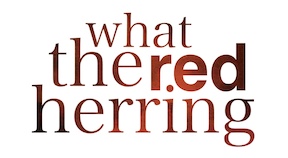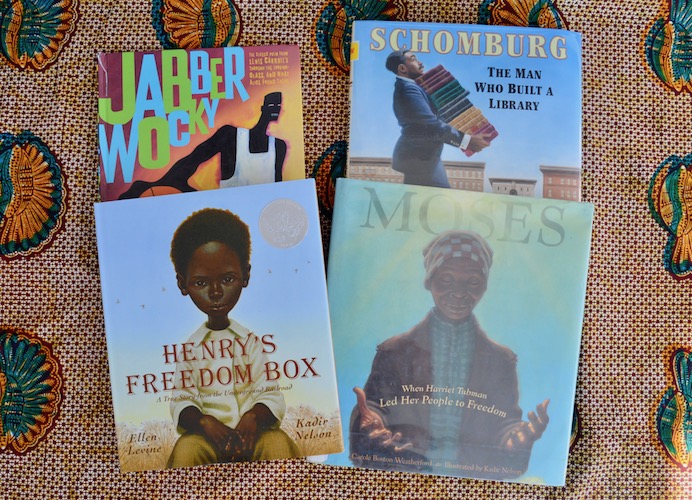Where do you shop for clothes? How often do you shop? Is it medicinal, or is because you have an identifiable need? Do you shop ethically?
I’m a medicinal shopper. I’ve historically been pretty good at making it seem at least part of the time like it’s an identifiable need, but usually, it’s just because I’m stressed out and looking for a way to control my environment.
As a lady in my Late Thirties, I’ve become a bit of a snob with my shopping. I don’t remember how I discovered Anthropologie, but their quirky, European-inspired, artsy offerings appealed to me immediately. I had realized the cheaply made, fleeting styles of third party sellers on Amazon were often disappointing.
I started with Anthropologie’s hand towels. On sale, they are often around $10-14. Which is pretty expensive for a kitchen towel, but these aren’t your average kitchen towel.
We fall asleep reading the classics at our house. Why this matters may make more sense if you keep reading.
I’m in a little tussle with my school district right now.
The way it stands, I provided the same end-of-year information in 2018 to my school district as I did the year before, and this time, they said it wasn’t enough.
Does this post look familiar? I scheduled two posts for the same date last month, and didn’t realize till they’d already gone live. I pulled this one down and rescheduled it. If you’ve already read this post but didn’t request the book from your library yet, consider this your friendly reminder.
Are you intentional about modeling how to deal with negative emotions to your kids?
Society, and our nuclear families growing up, have a big impact on how we process our emotions. Some families have certain acceptable emotions. Maybe it was OK to be angry, but sadness was mocked. Or only certain responses to negative emotions were encouraged. Snarky wit in response to feeling hurt? Cool. Crying? Not cool. Society also teaches us no one wants to see you when you’re angry or sad.
How do we teach our kids to function in a healthy way in a world full of broken people?
After I finished The Hidden Life of Trees, by Peter Wohlleben, I was glad to learn that the author had written two other books. The first one I got my hands on was The Inner Life of Animals: Love, Grief, and Compassion; Surprising Observations of a Hidden World.
By chapter three, I knew I wanted to read it to my kids, so I started it over as a read-aloud for them for school. I figured it would count both for Literature and Science, and I love extra credit.
Last year, I shared some of the books we read for Black History Month. Really, Black History Month is every month at our house. But if it isn’t a part of your everyday reading material, make a little extra effort in February (which starts tomorrow!) to include titles that will expand your mind and refresh you (or even teach you something new). Here are some of my picks.







